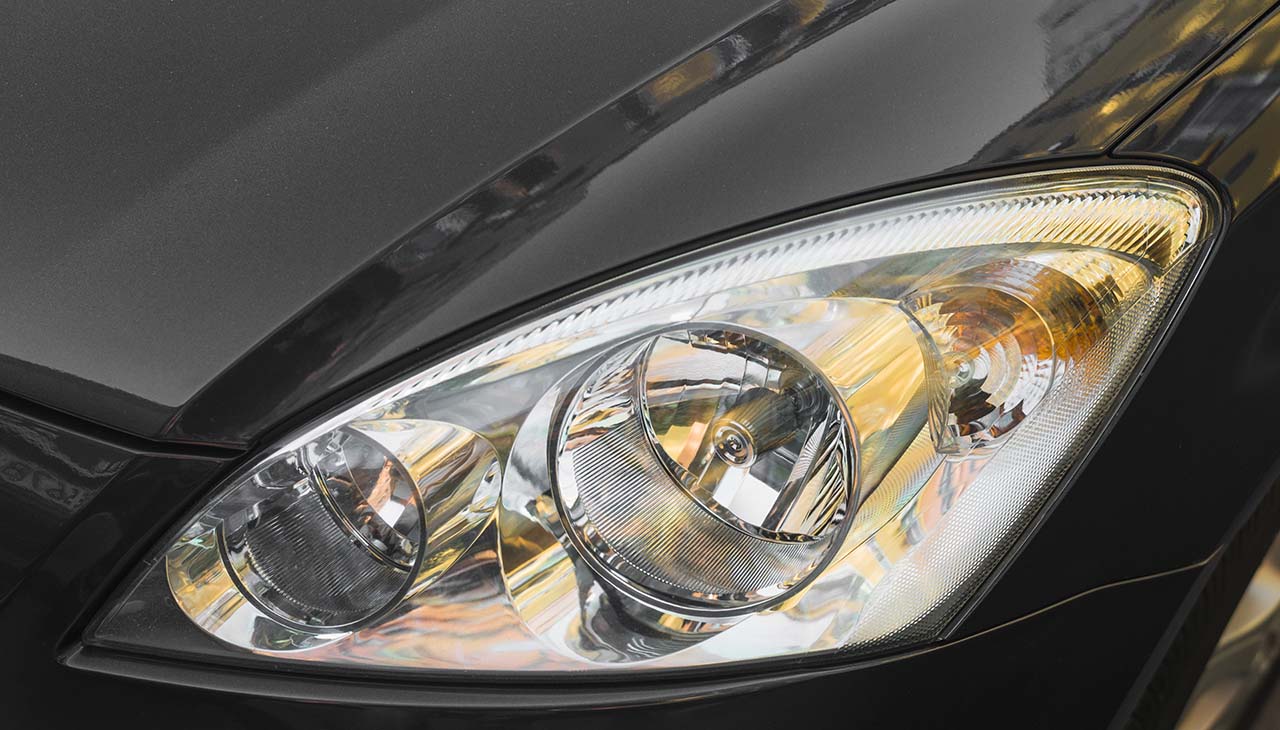In the rapidly evolving automotive industry, lighting has taken center stage as both a critical safety feature and a canvas for aesthetic expression. Modern vehicles now boast advanced lighting technologies that do more than simply illuminate the road ahead. These innovations contribute to the vehicle’s overall safety, enhance its design appeal, and play a pivotal role in energy conservation efforts. As manufacturers strive to differentiate their offerings in a competitive market, the integration of cutting-edge lighting technologies such as LED, OLED, and laser lights has become a key focal point. This article explores the latest trends in automotive lighting, highlighting how they are shaping the future of vehicle design and functionality.
Laser Light Technology
Laser-based lighting systems are paving the way for more efficient and powerful headlights, offering enhanced visibility on the road. Unlike traditional lighting solutions, laser lights produce a more intense and focused beam, allowing drivers to see further while using less energy. This technology, initially appearing in high-end models, is gradually finding its way into mainstream vehicles due to its superior performance and the growing emphasis on road safety. Additionally, laser lighting systems contribute to the aesthetic appeal of vehicles, offering designers new possibilities to integrate sleek and innovative lighting elements into the vehicle’s architecture.
µAFS LED Headlights
Micro Adaptive Front-lighting System (µAFS) with LED technology represents a significant advancement in automotive lighting, offering drivers improved safety and visibility. This innovative system dynamically adjusts the distribution of light based on driving conditions, vehicle speed, and road geometry. By precisely targeting light where it’s needed most, µAFS LED headlights enhance the driver’s ability to see obstacles and road signs earlier, significantly reducing the risk of accidents. Furthermore, this technology minimizes glare for oncoming traffic, thereby increasing safety for all road users. The integration of µAFS with LED lights not only improves functionality but also contributes to the aesthetic and design flexibility of modern vehicles, enabling more personalized and adaptive lighting solutions.
Bend Lighting Headlamps
Bend lighting headlamps mark a significant leap forward in enhancing nighttime driving safety and comfort. Incorporating advanced LED technology, these headlamps are designed to adapt to the vehicle’s steering angle, illuminating the road ahead effectively during turns. This ensures that the driver has a clear view of the road, especially on curvy paths, where visibility is critical. The adaptability of bend lighting headlamps not only improves the driver’s perception of the road but also significantly reduces the likelihood of accidents caused by poor visibility. Additionally, the use of LED technology in bend lighting systems offers the dual benefits of energy efficiency and longer lifespan, further consolidating their position as a key trend in automotive lighting innovation.
Smart LEDs and Micro-LEDs
Smart LEDs and Micro-LEDs are at the forefront of the next wave in automotive lighting, combining energy efficiency, durability, and innovative design potential. Smart LED technology allows for precise control over light intensity and color, enabling dynamic lighting patterns that can change according to specific conditions or driver preferences. Meanwhile, Micro-LEDs, known for their compact size, offer unparalleled brightness and resolution, making them ideal for creating sharp, high-contrast lighting effects. Together, these technologies enable manufacturers to explore new territories in vehicle design, where lighting not only serves a functional purpose but also enhances the aesthetic appeal and individuality of each vehicle. The adoption of Smart LEDs and Micro-LEDs underscores the automotive industry’s commitment to combining state-of-the-art technology with sustainable practices, paving the way for the next generation of energy-efficient yet visually striking vehicles.
Smart Functional Surfaces
Smart Functional Surfaces represent the cutting edge of automotive lighting, where innovation meets utility in spectacular fashion. By seamlessly integrating lighting elements into the vehicle’s operational surfaces, manufacturers are enhancing both the aesthetics and functionality of cars. These illuminated surfaces are not just visually appealing; they serve practical purposes as well, such as illuminating touchpoints like door handles and dashboard controls for improved visibility in low-light conditions. Furthermore, smart functional surfaces can dynamically change their lighting patterns to communicate information to the driver, such as vehicle status updates or navigation prompts, contributing to a more intuitive and futuristic driving experience. This fusion of form and function exemplifies the automotive industry’s forward-thinking approach to vehicle design, where every element serves multiple purposes, enhancing the drive both practically and visually.
Conclusion
In conclusion, the evolution of automotive lighting technologies from mere functionality to integral components of safety, design, and energy efficiency mirrors the wider trends in automotive development. From laser light technology and µAFS LED headlights to smart functional surfaces, these advancements underscore the automotive industry’s commitment to innovation and sustainability. As vehicles become more than just a means of transportation, the role of advanced lighting cannot be understated, offering a blend of aesthetic appeal, enhanced safety, and eco-friendliness. The continuous investment in and adoption of these technologies by manufacturers signal a bright future for automotive design, where lighting plays a pivotal role in defining the driving experience of tomorrow.

